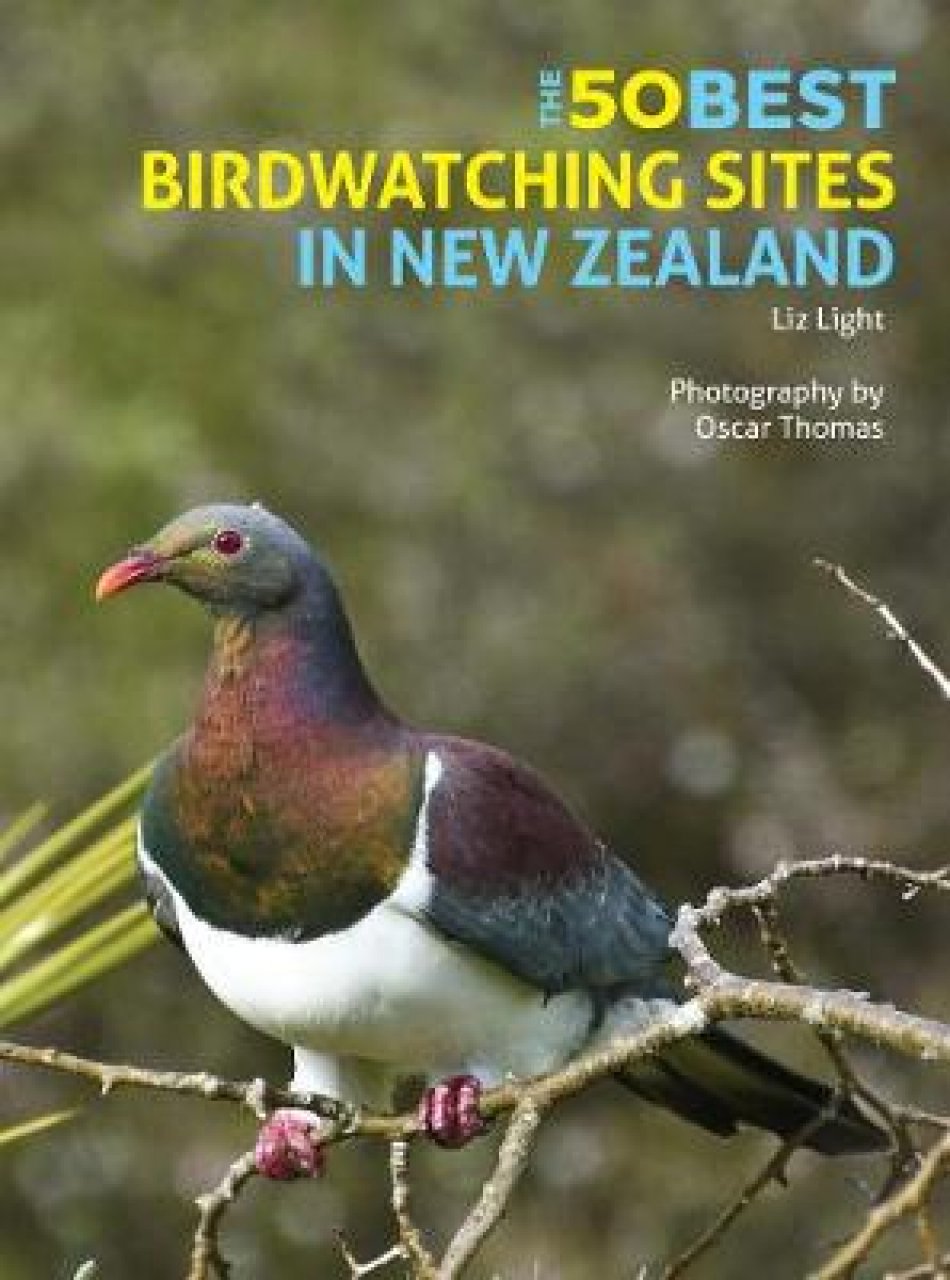The 50 Best Birdwatching Sites in New Zealand
- The 50 Best Birdwatching Sites in New Zealand (John Beaufoy Publishing, Oxford, 2019).
- 220 pages, 200 photographs, 5 colour maps.
- ISBN 9781912081493. Pbk, £19.99.
- Bookshop from £17.99
Despite having a modest national list of just over 400 species, the fact that a quarter of them are only found or only breed on New Zealand makes the country a prime destination for any world birder. Add to that utterly unique bird families such as the kiwis and some of the most dramatic scenery on earth, and New Zealand is the 'trip of a lifetime' for many of its visitors.
Several of these charismatic species are concentrated in specific locations, usually offshore islands which have been rendered predator-free and which support reintroduced but sustainable populations of some of the world's rarest species. However, these are situated at either end of what is a big country, while certain other key species – for example, Rock Wren or Orange-fronted Parakeet – are hard to see and need specialist local knowledge to locate.
This new guide is issued not before time, then. Its previous counterpart – Kathy Ombler's Where to Watch Birds in New Zealand – was fairly comprehensive and still remains useful in part, but much of the information needs updating, while it missed out a number of attractive sites which held species you probably wouldn't want to miss.
The front matter of the book – which is copiously illustrated with colour photographs by Oscar Thomas – provides a very brief overview of the geography and climate of New Zealand, its importance for seabirds and a short gazetteer of pelagic resources. It also offers a summary of the bird families present – complete with descriptions of all native species and their Maori names – and their habitats, before launching into the meat of the book, which is the locations. These are surprisingly a little biased towards the North Island, but all the major birding sites of the South Island are present and correct.
Each location chapter has a list of its key species, details of how to get there, any facilities present, its habitat, the best time to visit and logistics and descriptions. It also describes one or two of the main species found at the site in depth which can be useful, but can involve a lot of flipping back and forth through the book if you want to find out about those species while you're at another site.
While there are one or two misleading suggestions – for instance, it is perfectly possible to leave the main road at the Tasman River delta at Lake Pukaki to see the endangered Black Stilt without driving on the actual riverbed, as long as you are careful – I found the information in the book to be accurate and very helpful when visiting many of the sites listed on a recent trip. There are a few well-known stake-outs missing – more detail on how to find Rock Wren, Blue Duck and Yellowhead in Fjordland NP would be helpful, and it doesn't mention that you stand no chance at all of seeing Kakapo – but with some judicious reading of the better trip reports online, this guide will help you plan that NZ road trip in fine detail and have a chance at seeing all the endemics – though you should give yourself a good three weeks at least!


